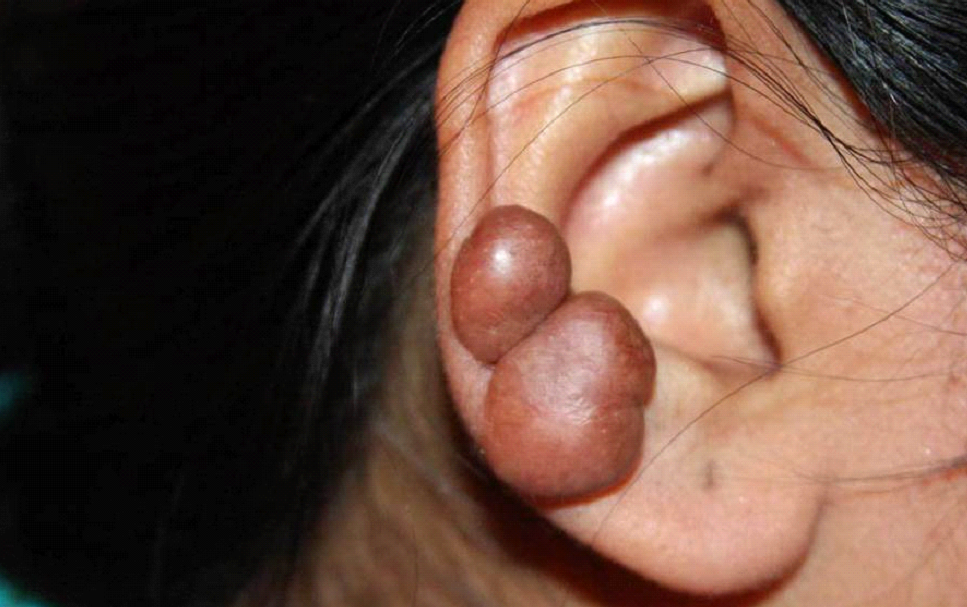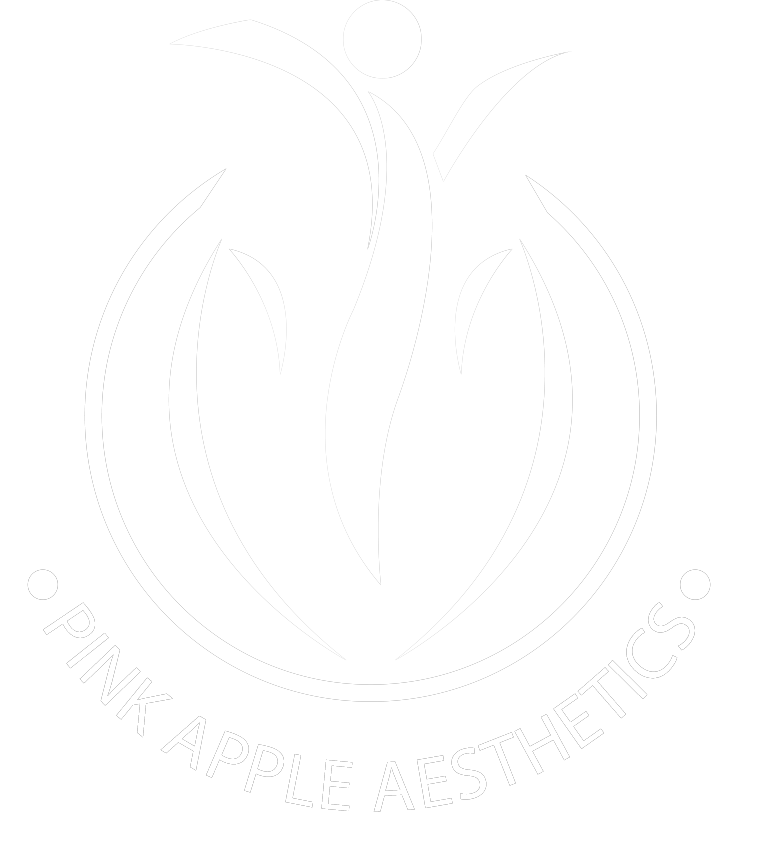Keloids refer to a type of raised scar. They could be the result of an injury, vaccination, surgery, body piercing, severe acne, etc. They are more common in certain skin types like skin with darker color has a higher chances of getting keloid.
More common on ears,chest ,shoulder area.
As you guessed, they aren’t harmful but can mar your appearance. This is precisely why many people turn to cosmetic surgery to treat and remove keloids.
Typically, dermatologists and cosmetic surgeons can diagnose keloids simply by looking at them. If they look worrisome, the doctor may conduct a skin biopsy by removing a small section of the keloid and studying it using a microscope. If it appears normal, the doctor may recommend a treatment plan which normally involves a combination of treatments and 7 of them are listed below:

⦁ Corticosteroid Injections
Your doctor may advise injecting corticosteroids or other medication into the keloid which helps shrink the scar or flatten it. Injections typically have to be administered once in every 3-4 weeks. A person may need around 4-6 shots. Around 50% of keloids treated with injections shrink, however, in many cases the keloids may regrow within the next 5 years if not combined with other types of treatments.
⦁ Surgery
Surgery may also be advised to remove certain keloids. The procedure involves cutting off the keloid. The most important point to keep in mind is that keloids treated only with surgery may recur after the treatment. To reduce the risk of the keloid recurring post-surgery, cosmetic surgeons may recommend other supportive therapies like steroid injection,pressure dressing,radiation .
⦁ Pressure Dressing
Surgery to remove keloids is usually followed by pressure dressing or by wearing a pressure garment. For example, if the keloid is on the ear, the patient may need to wear a special earring. This reduces the blood flow to the area and keeps the keloid from recurring. You may feel uncomfortable but must wear pressure dressing for at least 16 hours every day for 6 to 12 months post-surgery. Almost all patients who use pressure dressing after surgery do not experience recurring keloid.
⦁ Laser Therapy
Laser treatment is used to flatten a keloid and help the color fade to match the rest of your skin tone.
⦁ Cryotherapy
This is useful for small keloids. It involves freezing the keloids internally without harming the skin above it. The procedure can help the keloid shrink and become softer. Cryotherapy may be used along with steroid injections. For best results, you may need 3 or more cryotherapy sessions.
⦁ Ligature
Ligature involves tying a thread around the base of the keloid. This helps reduce blood flow to it and makes the cells gradually die after which the keloid will fall off. The thread may need to be tightened at periodic intervals.
⦁ Silicon Gels And Sheets
Silicone gels or sheets can be used to keep keloids from recurring and also help flatten them. For best results, silicon gels should be used every day for 6 months.
After diagnosis, to ensure optimum results, yourdoctor may recommend entirely different treatment plans. It is better to follow the plan diligently.
For Enquiries and Online Appointments
For more detailed information about Keloids treatment, please send us a message today.

